Holstein dairy cows
Holsteins are easily recognisable due to their distinct markings, which are most often black and white, but can also be red and white. The breed originated in the Netherlands, where a few strains originated known as the Holstein, the British Friesian and the Dutch type. These dairy cattle form part of the Bos taurus group.
The average milk production for a lactating cow of this breed is 8 550 litres over a lactation period of 305 days (or 28 litres per day). This robust and heavy cow weighs between 550 and 750 kilogrammes, and the bulls can exceed 1 tonne in weight. Milk typically has a fat content between 3,0 and 4,2% and a protein content between 2,5 and 3,8%. The butterfat is low and the milk yield is considered to be high.
Production systems
Large-framed Holstein cows will not do well when feed is scarce or of low quality. Most often, Holsteins are utilised in intensive housing or open camp settings, both of which are examples of zero-grazing systems. They are fed a total mixed ration consisting of forages (hay, grass) and concentrates (boughtin pellets that are high in energy and protein) mixed according to milk yield or stage of lactation. The breed is genetically able to adapt to very different agro-ecological areas, but it cannot handle the heat in some areas.

A well-muscled Holstein bull. (Image source: lic.ie)
Breeding potential
The Holstein breed has a large number of potential artificial insemination sires due to its status as the world’s most populous dairy breed. This means that it would be possible to maintain genetic progress for milk yield while improving traits like fertility.
Holsteins produce many calves that can be distinguished by their rapid growth, early maturing, and ease of care. The fine-fibred meat produced has a high growth percentage in the fattening sector.

Holstein cows on pasture. (Image source: pixabay.com by CallyL)
Jersey dairy cows
Modern jerseys come in a wide variety of colours. Jerseys tend to be fawn in colour, but you might also see them in shades of grey, red, spotted white, or even near-black. In most cases, the underside of the cattle of this breed is a lighter colour than the top.
Jersey cows weigh between 350 and 550 kilogrammes and are smaller than Holsteins. The bulls can weigh between 600 and 700 kilogrammes. Jersey milk has higher levels of solid components than Holstein milk, with fat levels of 4,0 to 5,5% and protein levels of 3,5 to 4,5%.

A dark coloured Jersey bull. (Image source: stuff.co.nz)
This makes the milk rich with the highest percentage of butterfat and protein. The Jersey produces more kilogrammes of milk per kilogramme of body weight than any other breed.
However, their milk yield is lower than that of Holsteins, at around 5 000 litres per lactation. These dairy cattle form part of the Bos taurus group.
Production systems
Jersey bulls are notoriously aggressive, but Jersey cows are known for their placid demeanour. Because of their superior grazing ability and lower milk yield requirements, Jerseys are commonly used in pasture-based systems.

Jersey dairy cows. (Image source: culturecheesemag.com)
Jerseys are also the dairy cows with the highest heat tolerance. They can adapt to a wide range of climatic and geographical conditions.
Ayrshire dairy cows
An established breed since at least 1812, the Ayrshire can trace its roots all the way back to the district of Ayr in the southwest of Scotland.
The Scottish Ayrshire is a hardy breed with a wide range of reddish-brown and white coat tones. Ayrshire cows can have a weight of anywhere from 400 to 600 kg, and the bulls can weigh between 650 and 900 kilogrammes.

A top Ayrshire bull. (Image source: vikinggenetics.com)
Their milk is referred to as “the ideal drinking milk”. This breed of cow produces milk with a fat and protein content that is somewhere between that of Holsteins and Jerseys. The fat particles in their milk are evenly distributed, giving it a smooth, creamy texture and a mild, sweet flavour. The milk is high in solids and gives exceptional cheese yields.
Production systems
Because of its high grazing efficiency and high feed conversion ratio, the Ayrshire is a popular breed. Being able to produce in either hot or cold weather is one of its most appealing features.

Ayrshire dairy cows out on pasture. (Image source: ayradvertiser.com)
The breed does well in a wide range of management systems, from intensive stall systems to different kinds of grazing systems and even systems with no grazing.
Guernsey dairy cows
Cattle from the Guernsey breed range in colour from a light yellow to a deep reddish brown with patches. The cows’ weight can be anywhere from 400 to 550 kg, and the bulls can weigh between 600 and 700 kilogrammes.

Guernsey bull. (Ietics.com)
High-quality milk can be produced by Guernseys despite the fact that they use 20 to 30% less feed than larger dairy breeds. These dairy cattle form part of the Bos taurus group.
The breed is wide awake and alert without being anxious or irritable. Physically, the Guernsey cow has good dairy conformation and presents the visual impression of a plain animal bred for utility rather than good looks.
Production systems
Guernsey cattle are well-known for their extraordinary adaptability to a wide varietymage source: vikinggen of environmental conditions. This breed is known for its potential and easy-going nature. A deep reddish brown Guernsey cow. (Image source: motherearthnews.com)
Breeding potential
Calves can be born to Guernseys as early as 22 months of age, making them a good investment due to their fast return on investment. Calves born to Guernsey cows are large and robust, and they present few problems during the calving process. Their yield and milk quality (fat and protein content) fall somewhere between the Jersey and the Ayrshire.
References
Southafrica.co.za. (2022). South African Beef Breeds. [online] Available at: https://southafrica.co.za/southafrican-beef-breeds.html
Loubser, A., Schutte, N. and Hofmeyr, I., (2007). Cattle breeds of South Africa. Pretoria, AgriConnect, Pages 184 – 201.

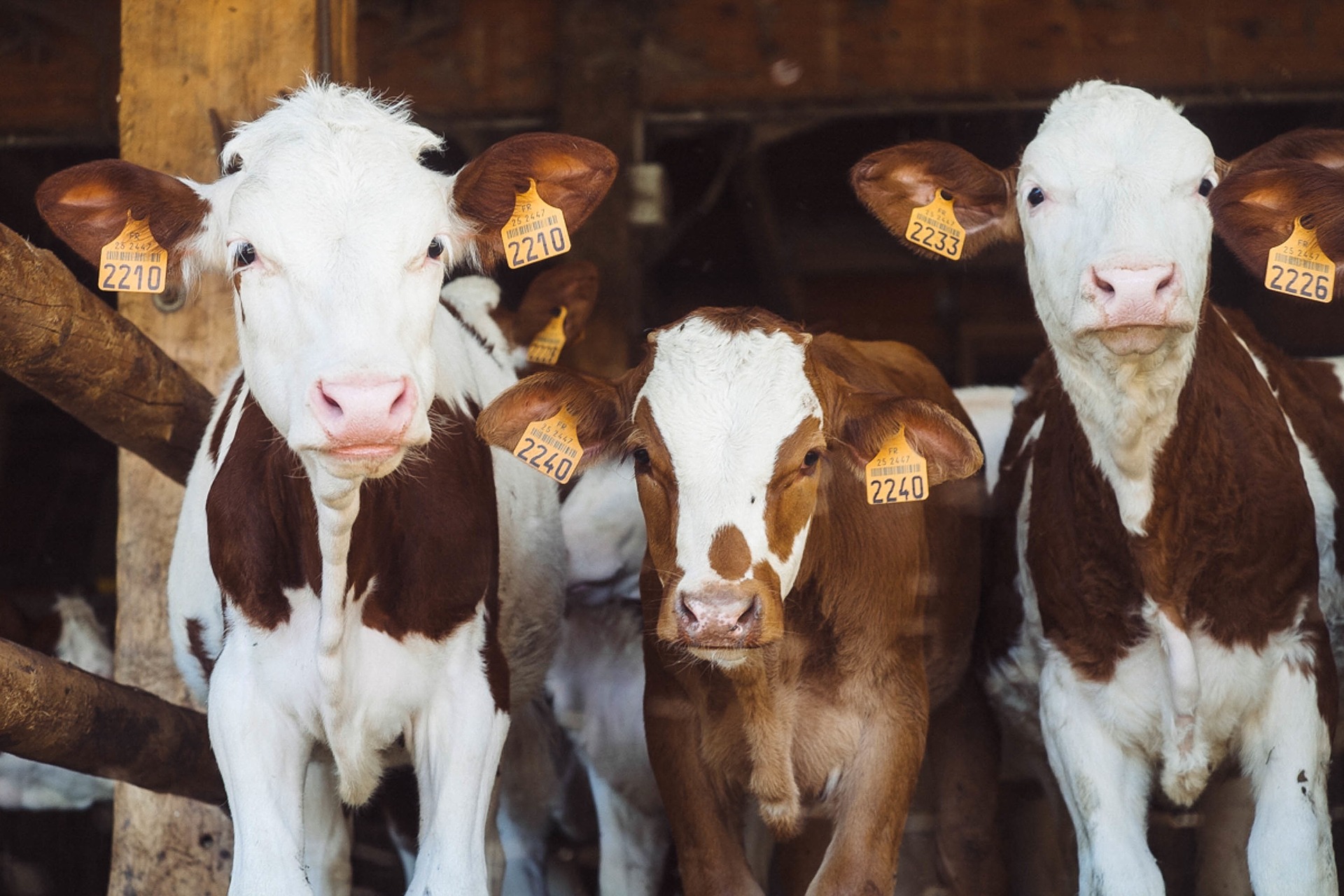


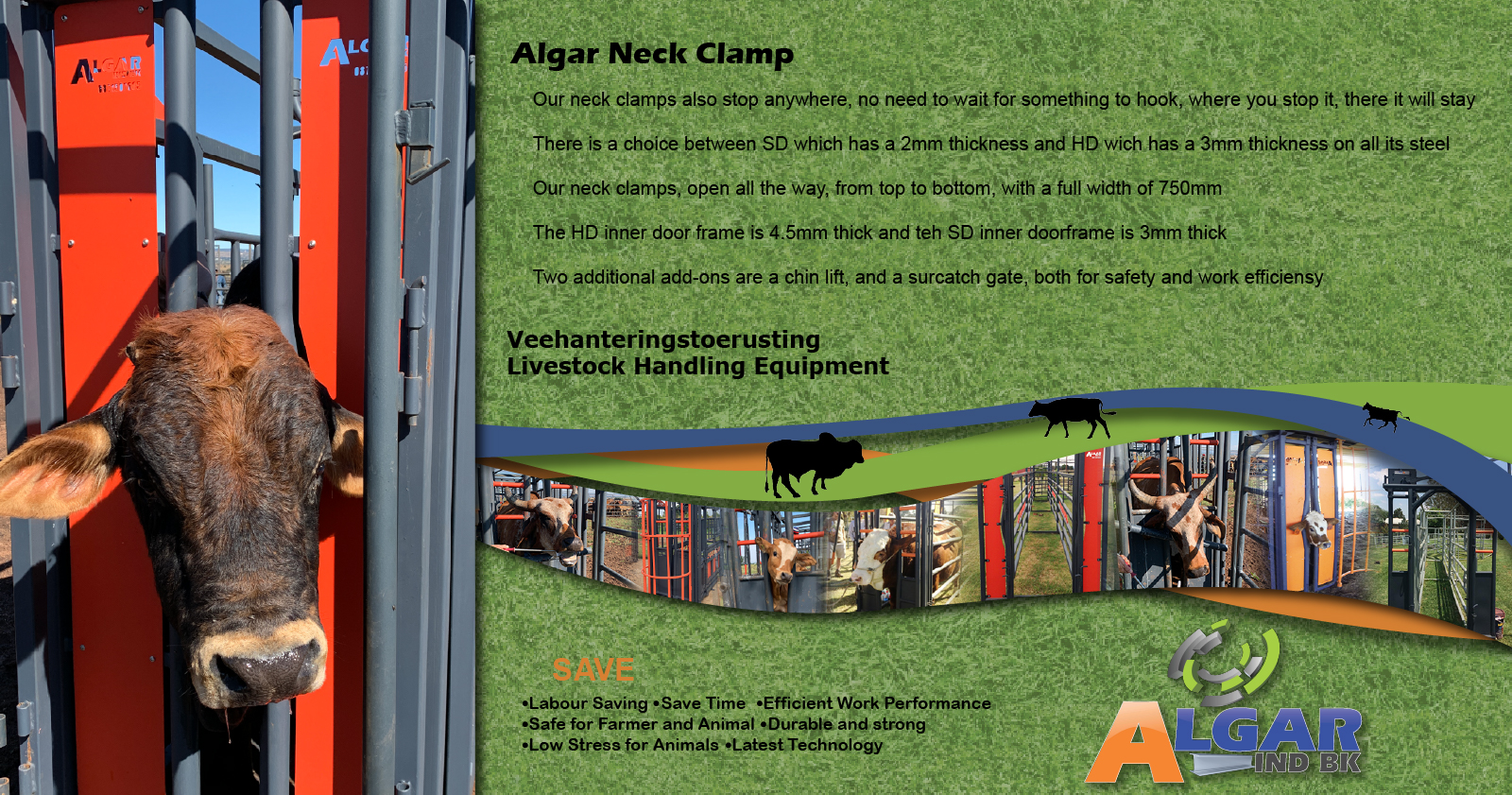

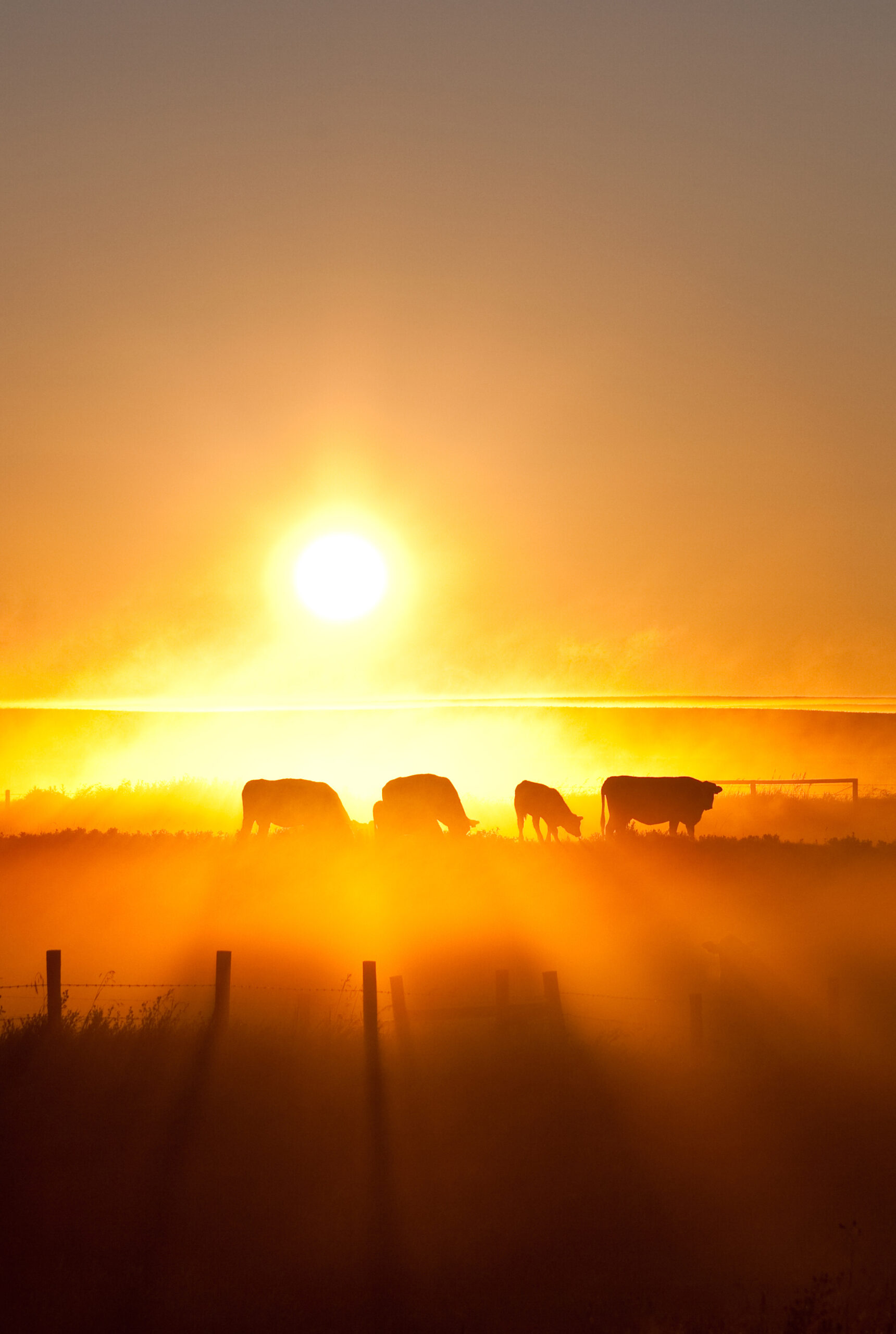
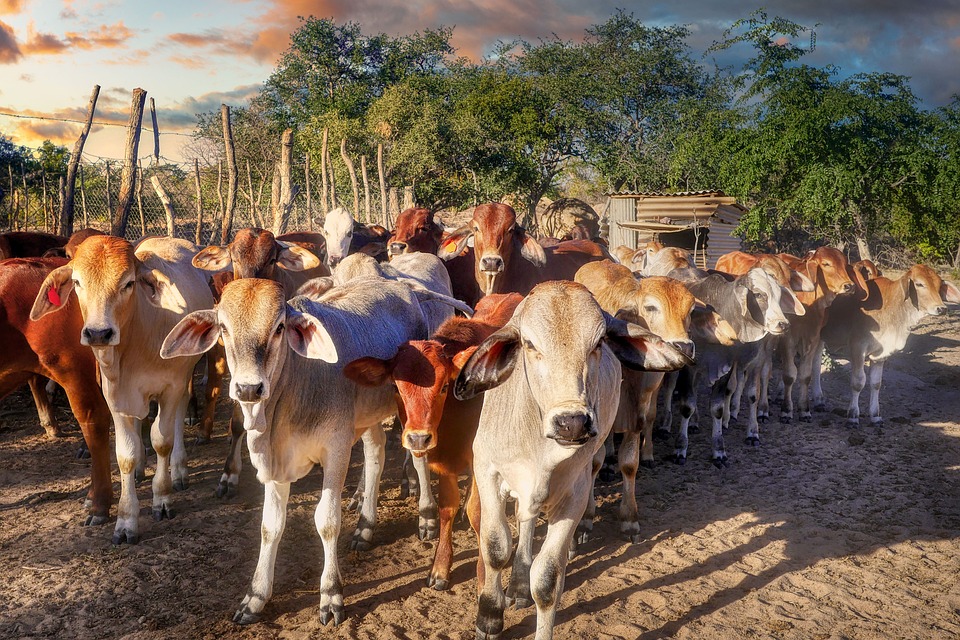

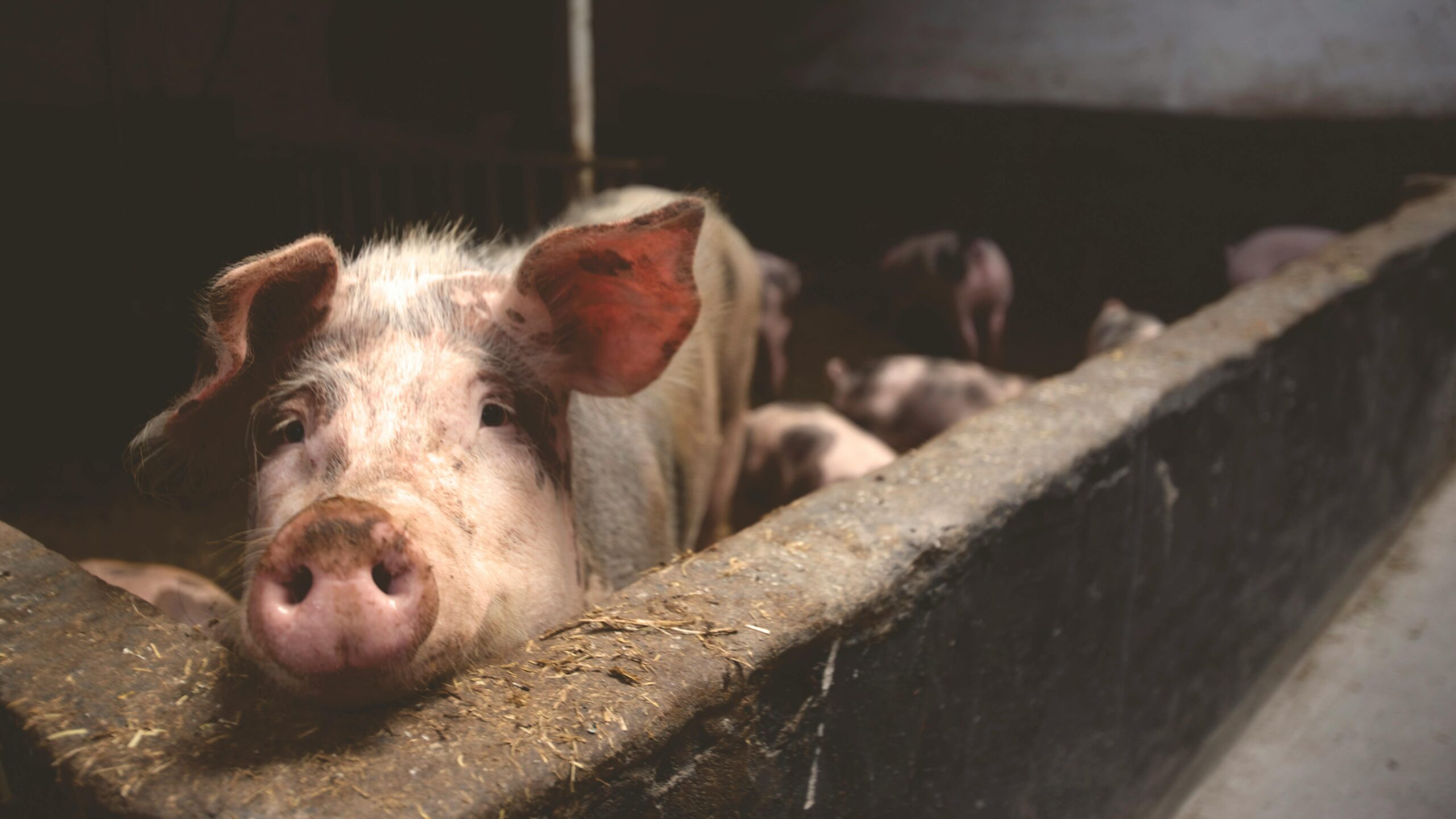
This post is invaluable. Where can I find out more?